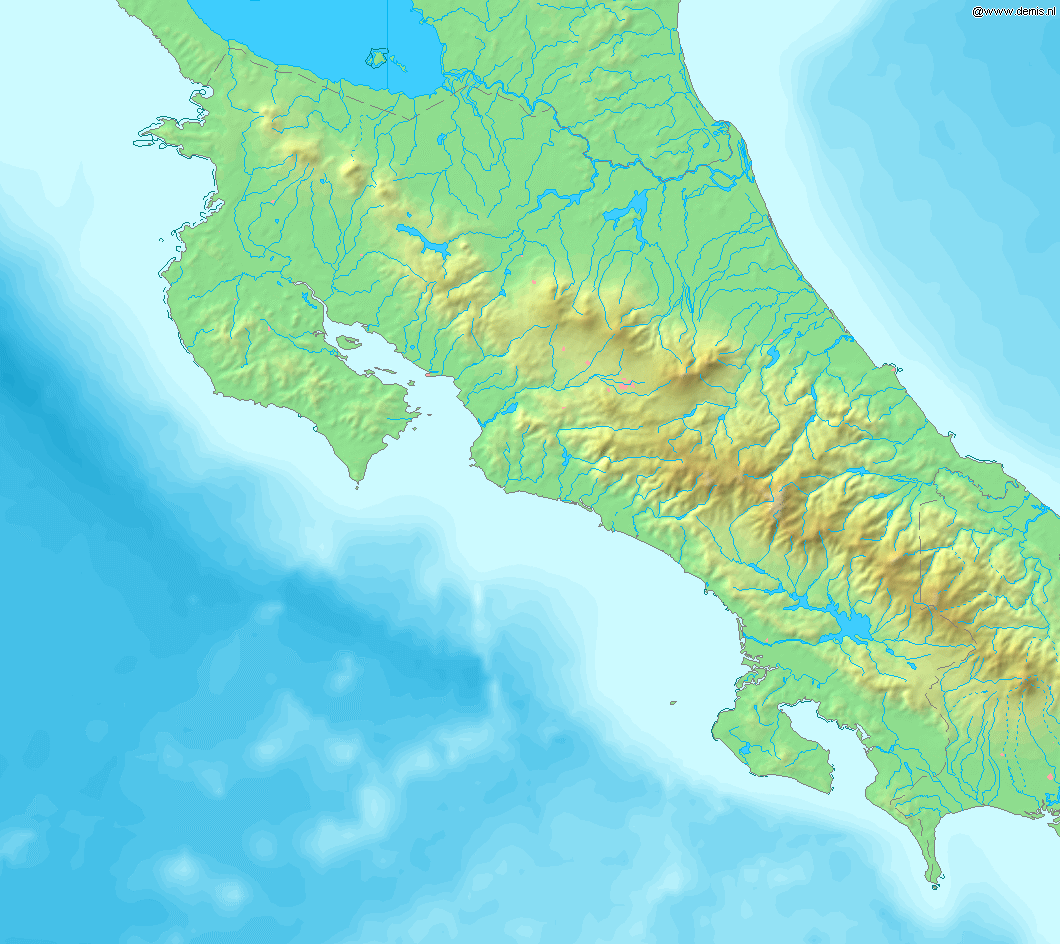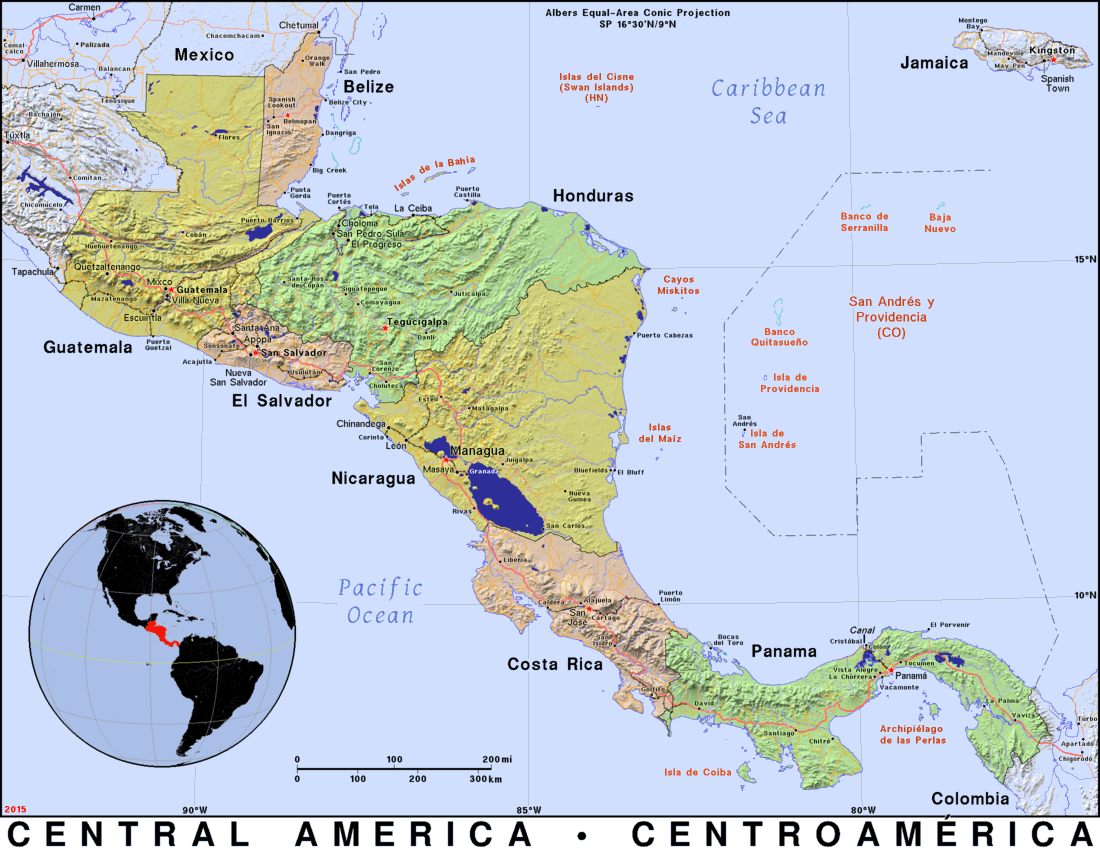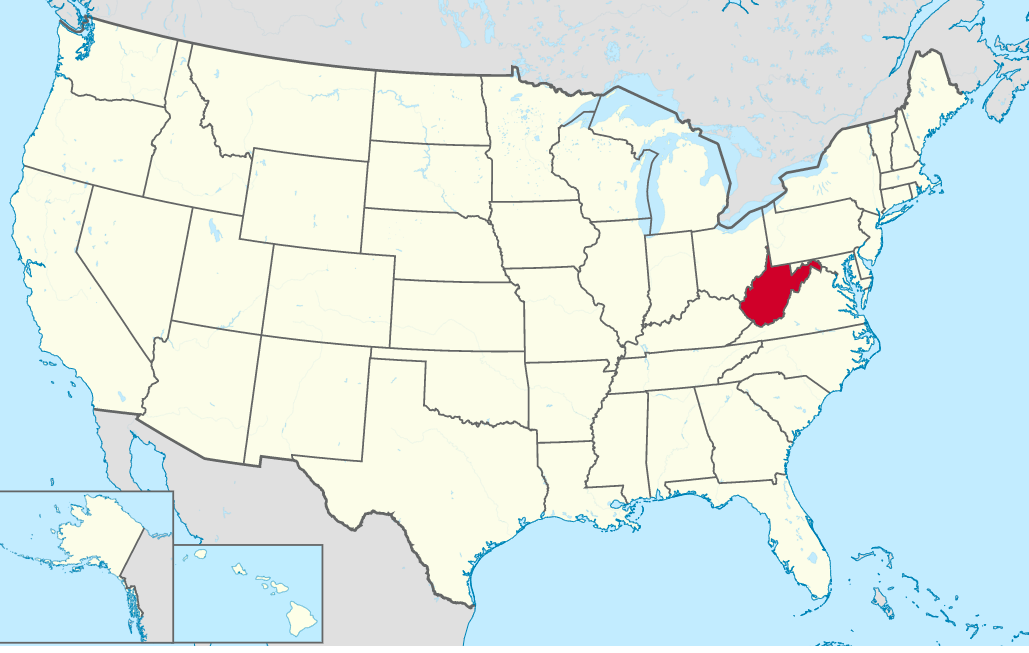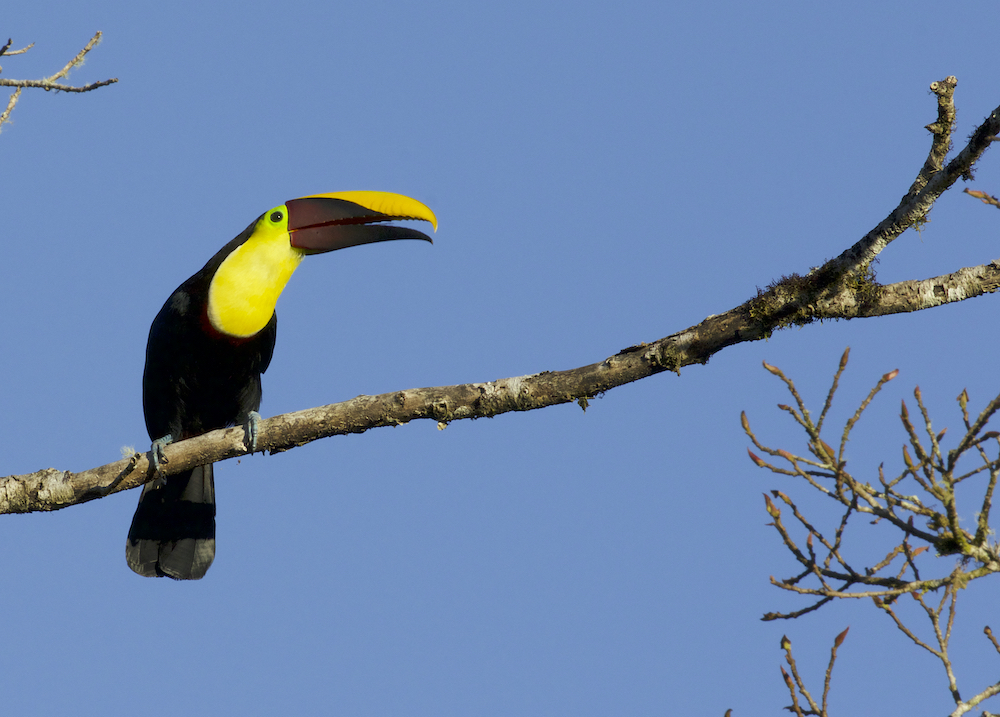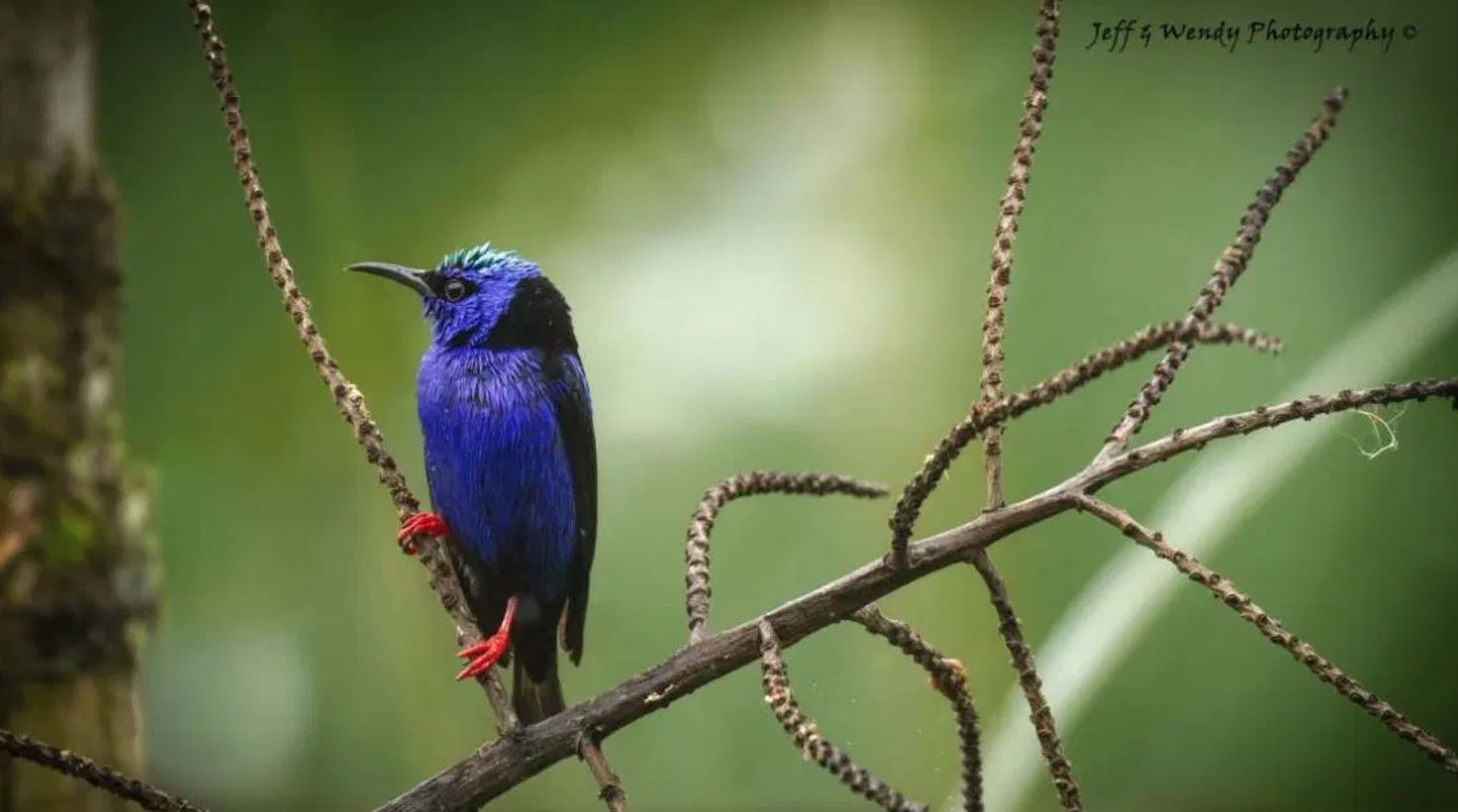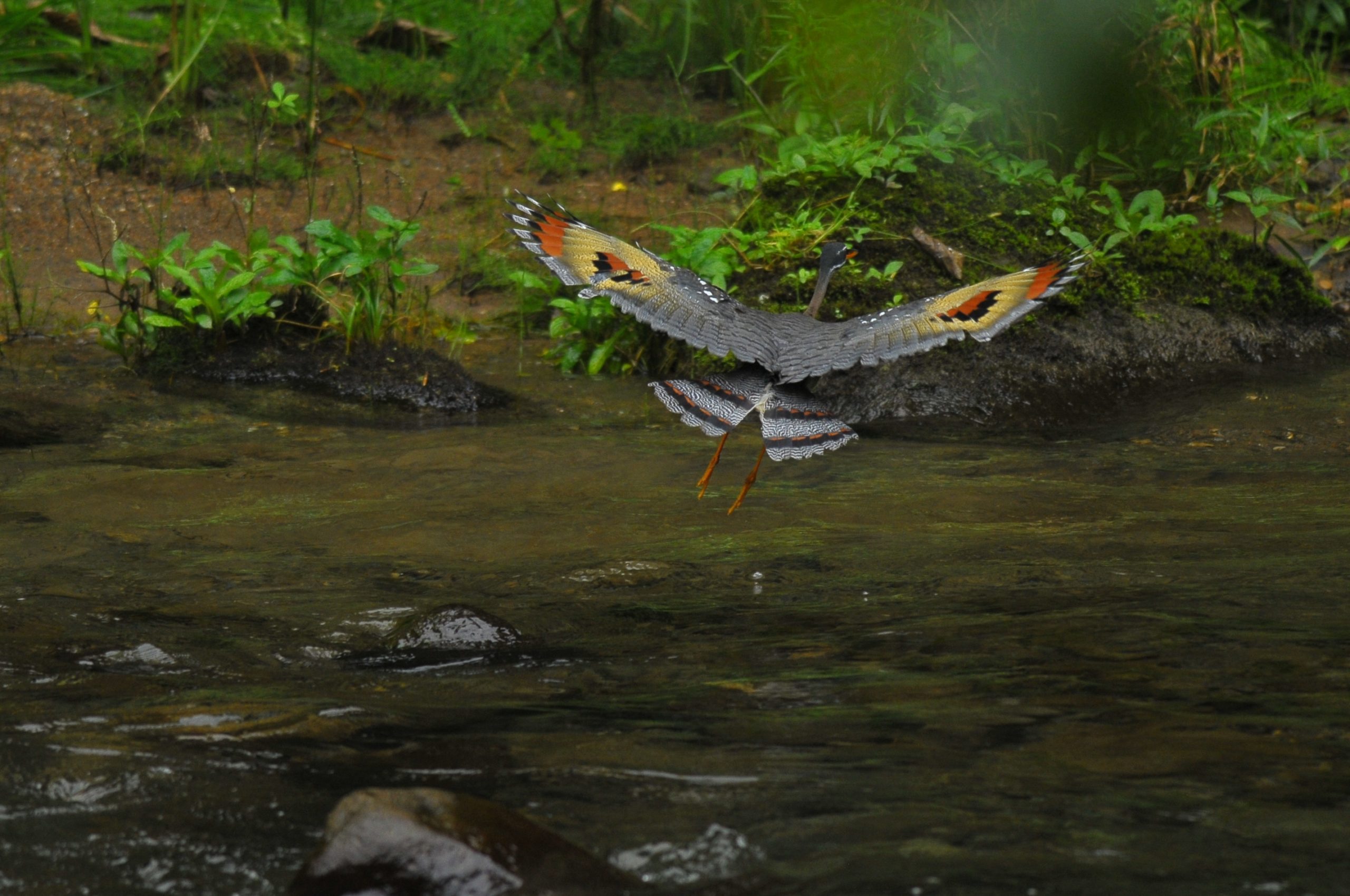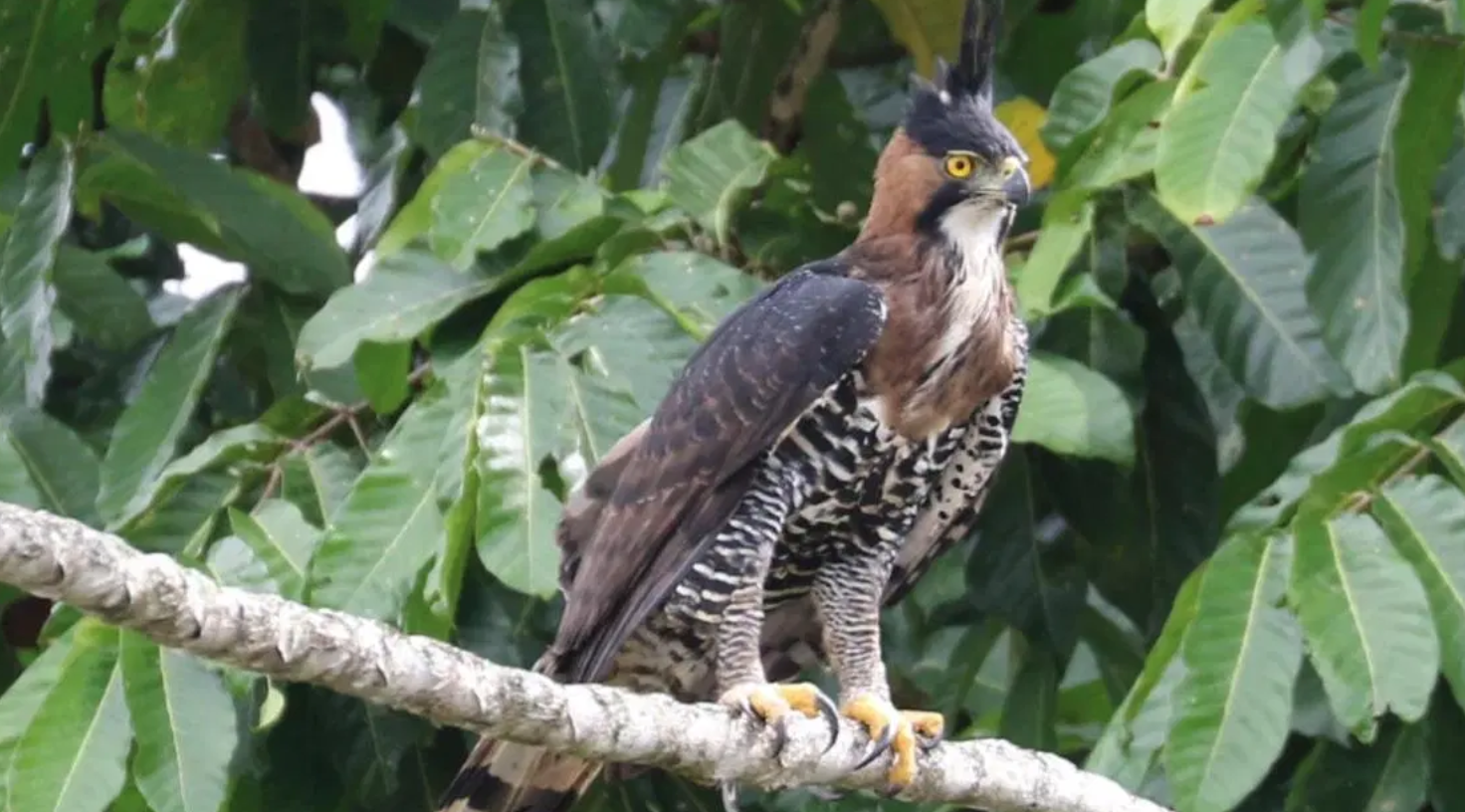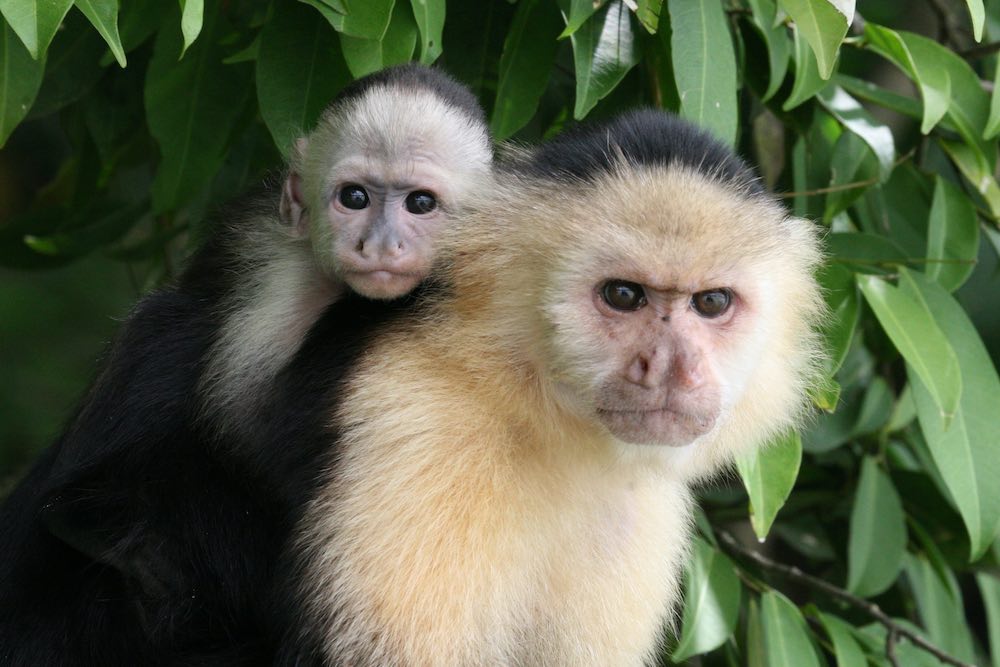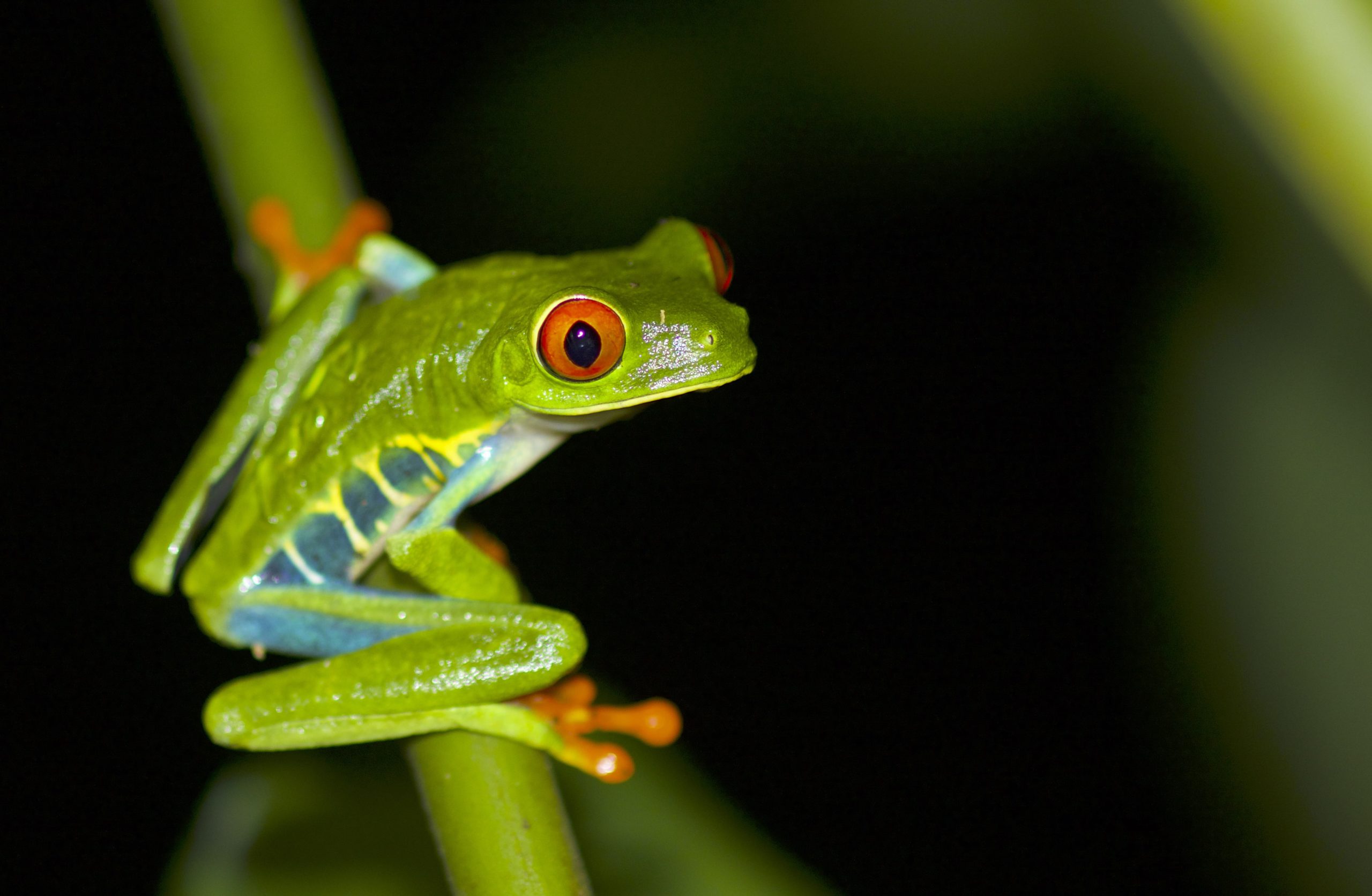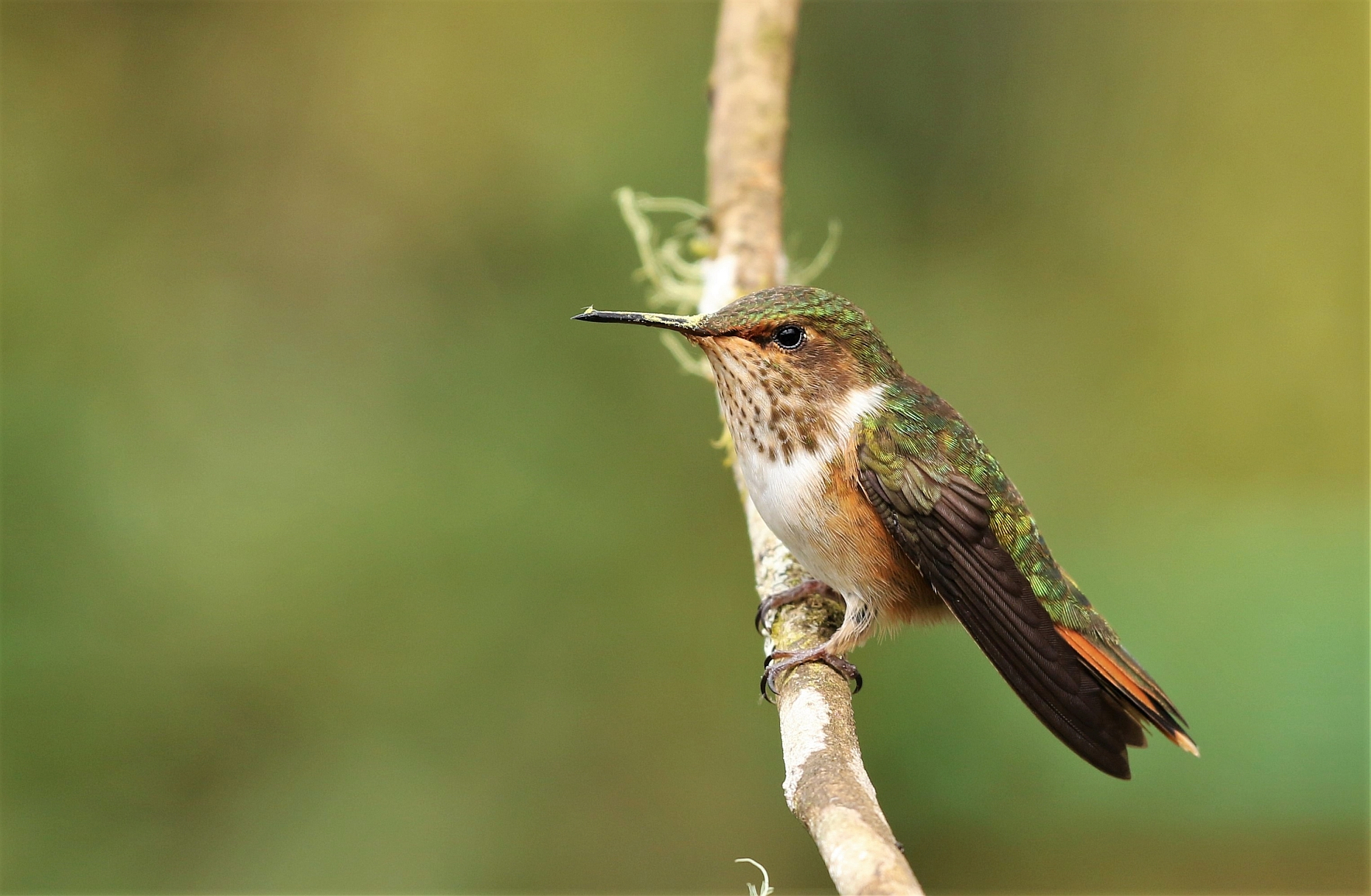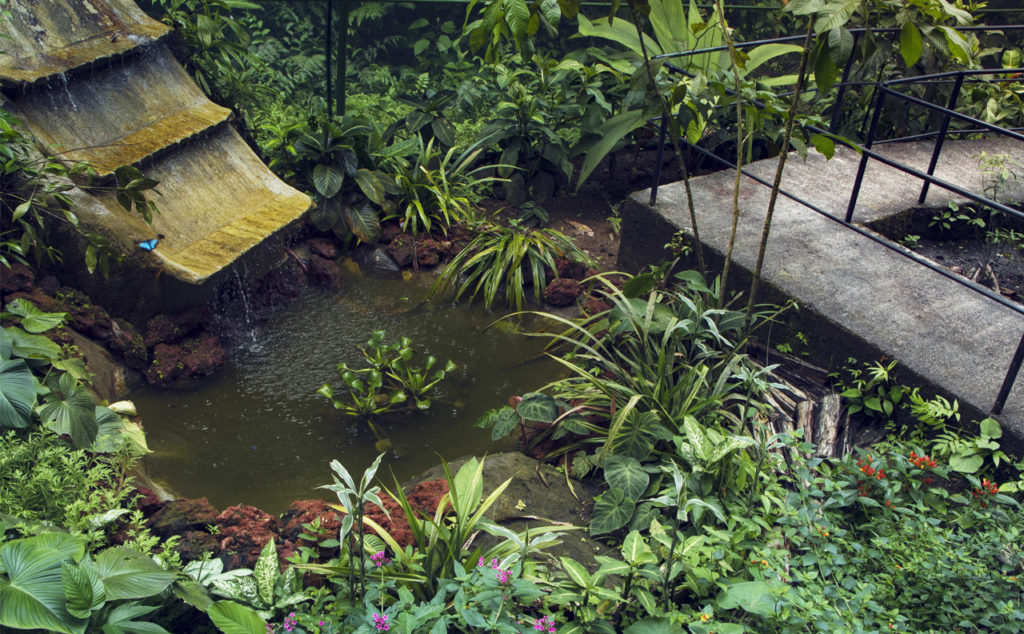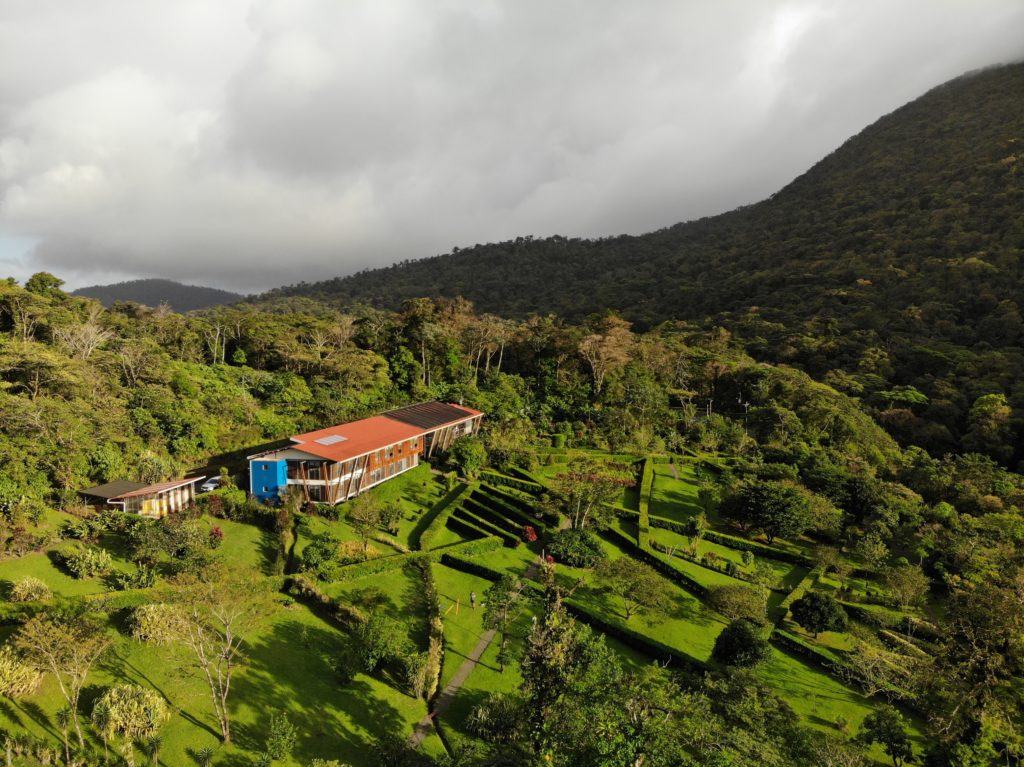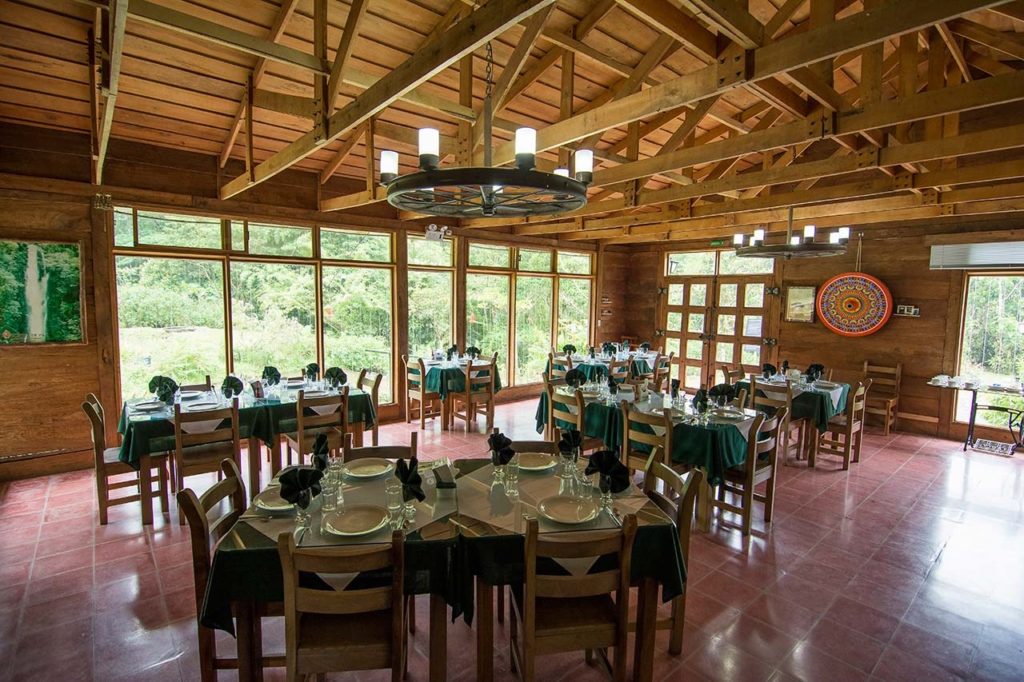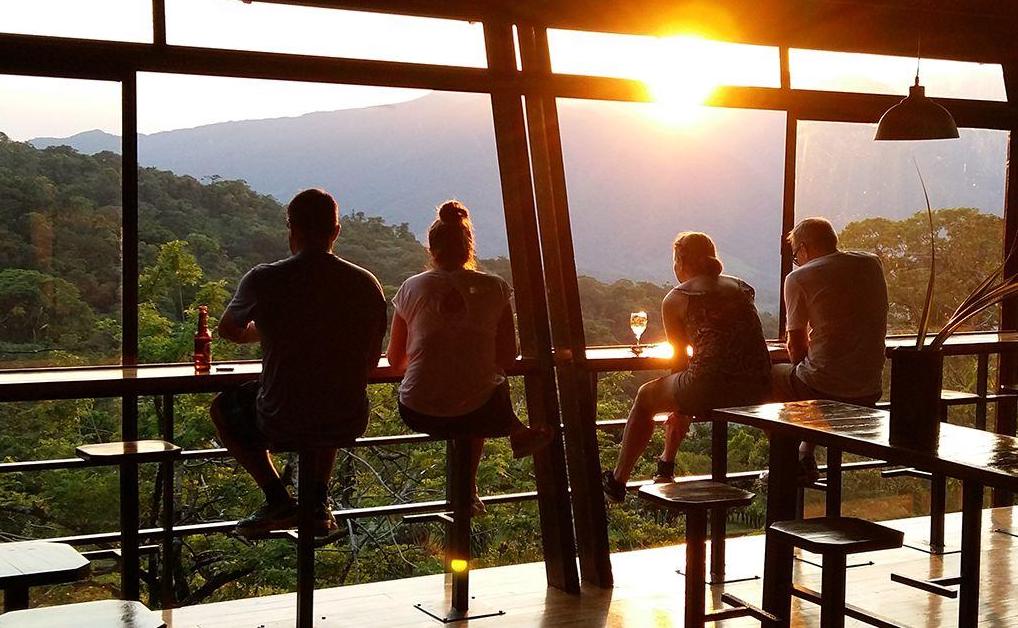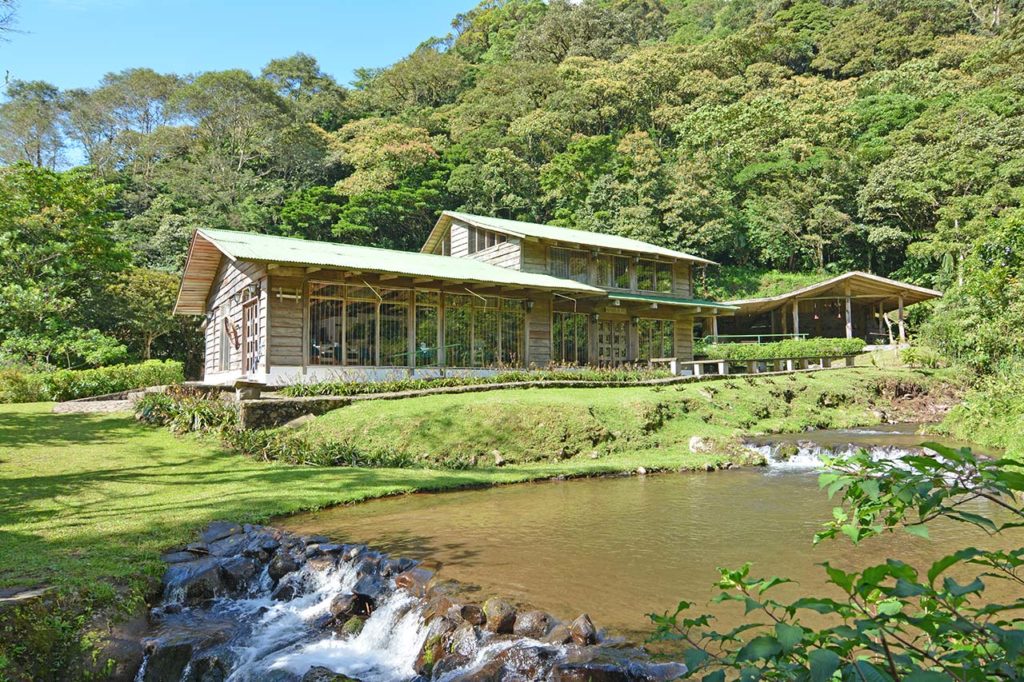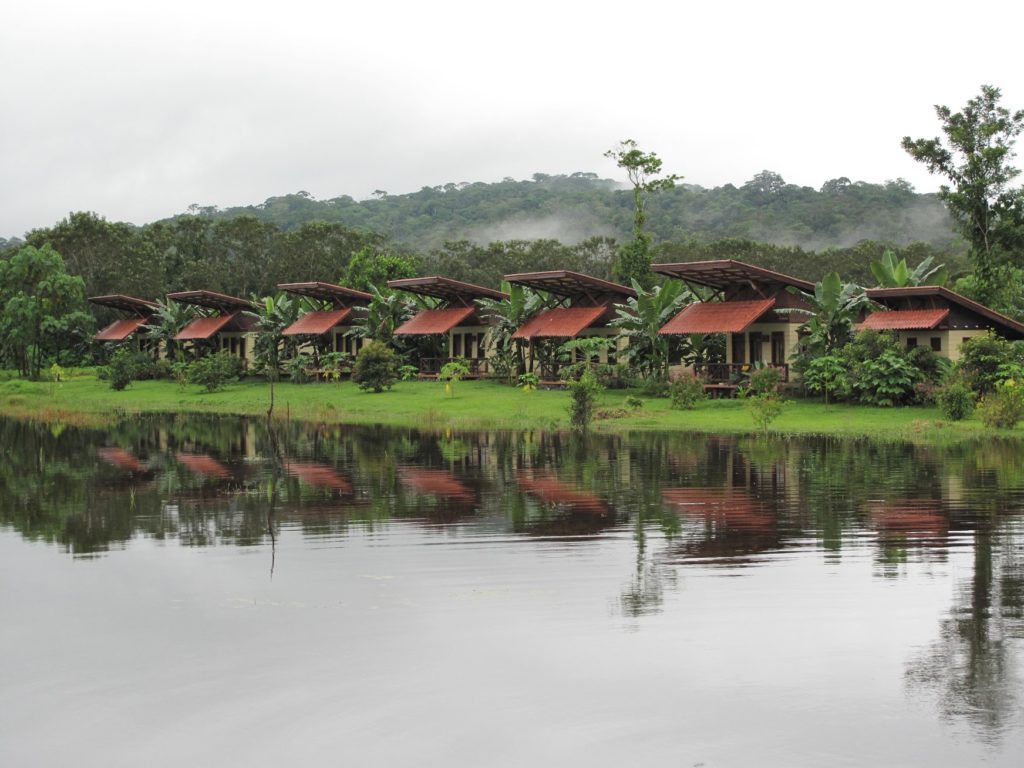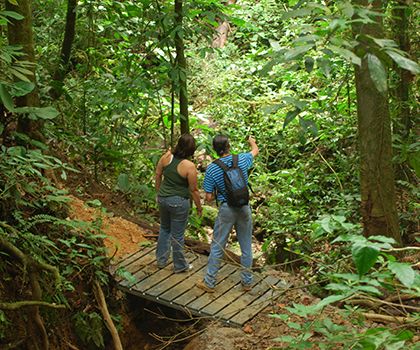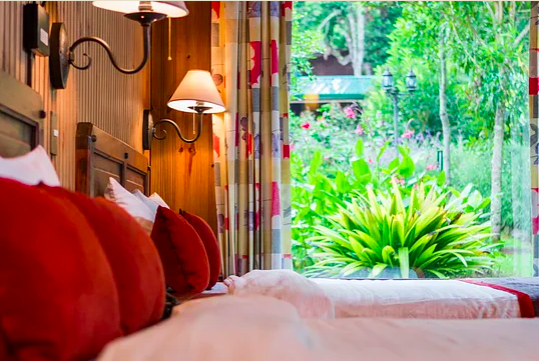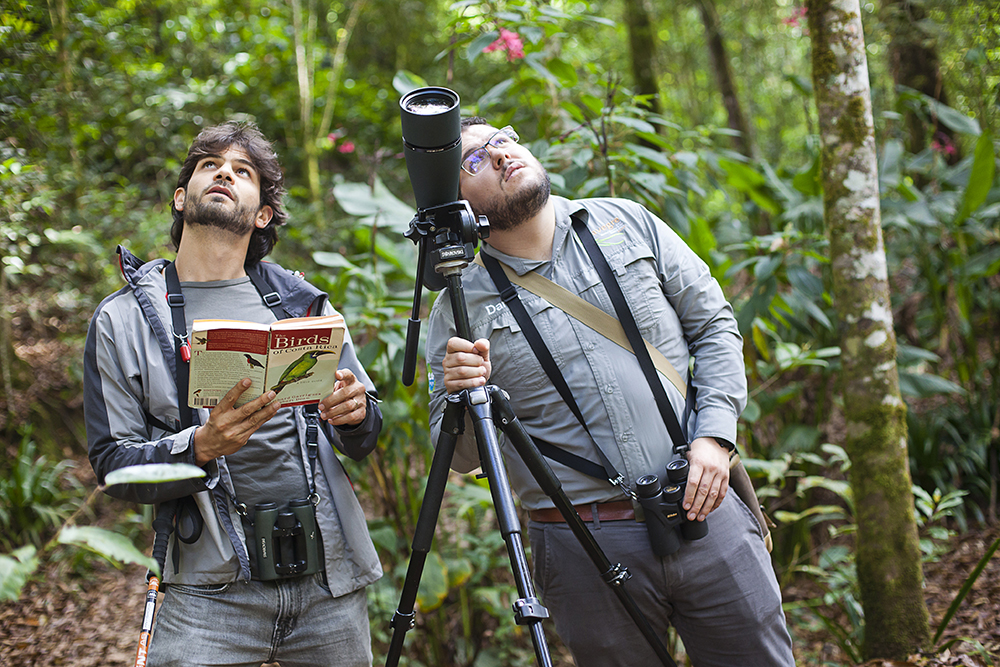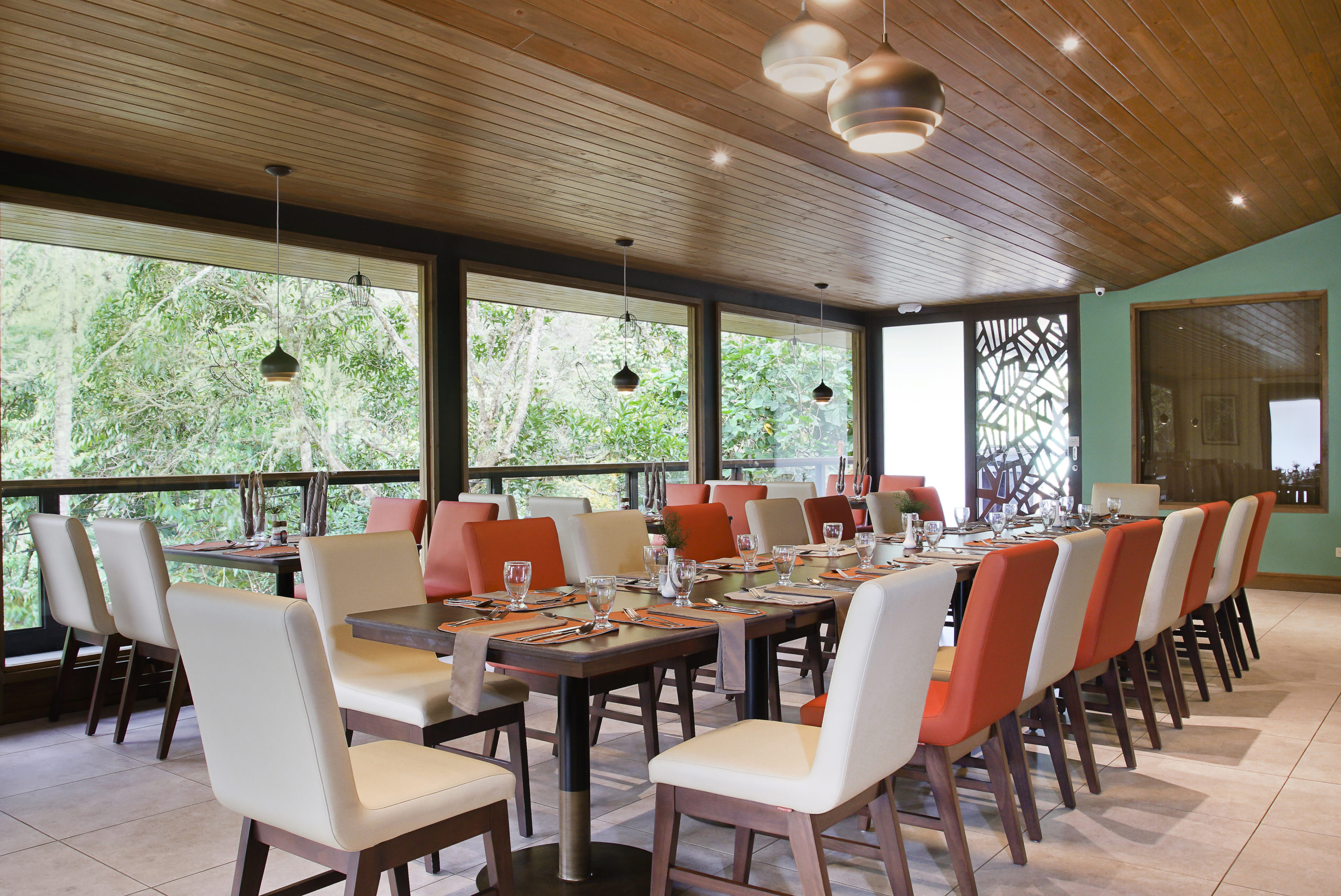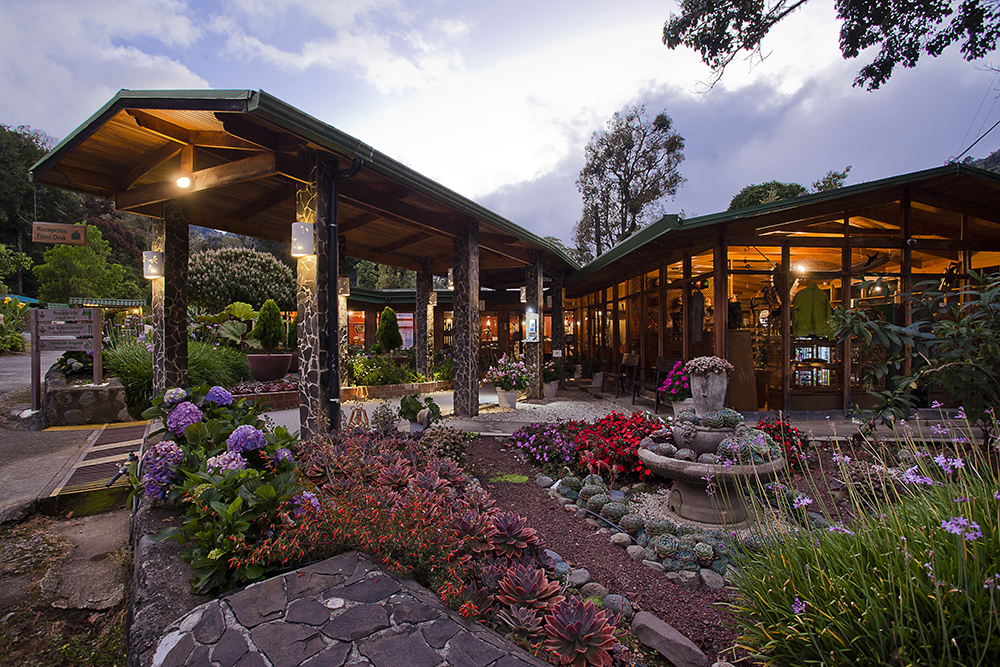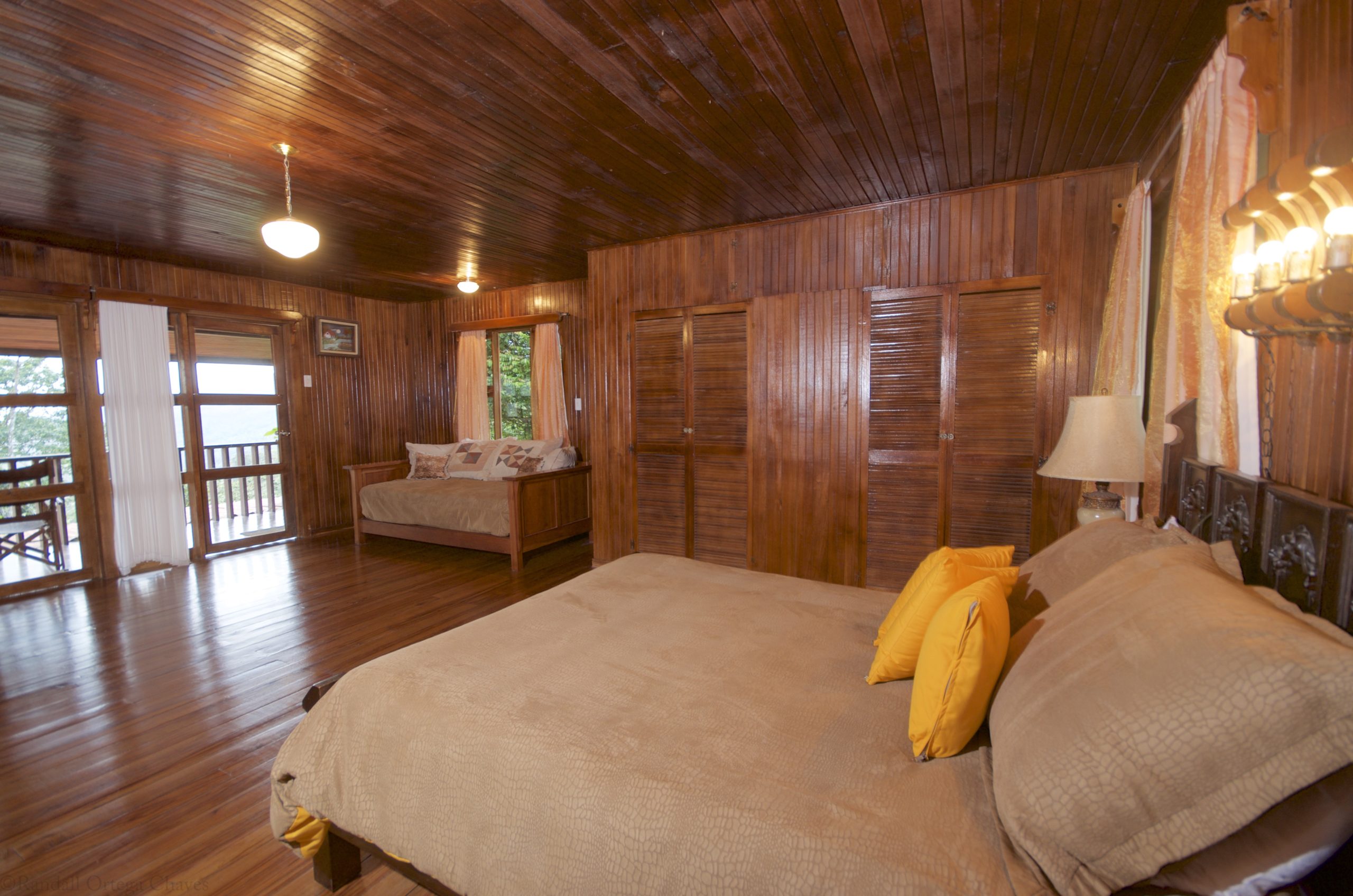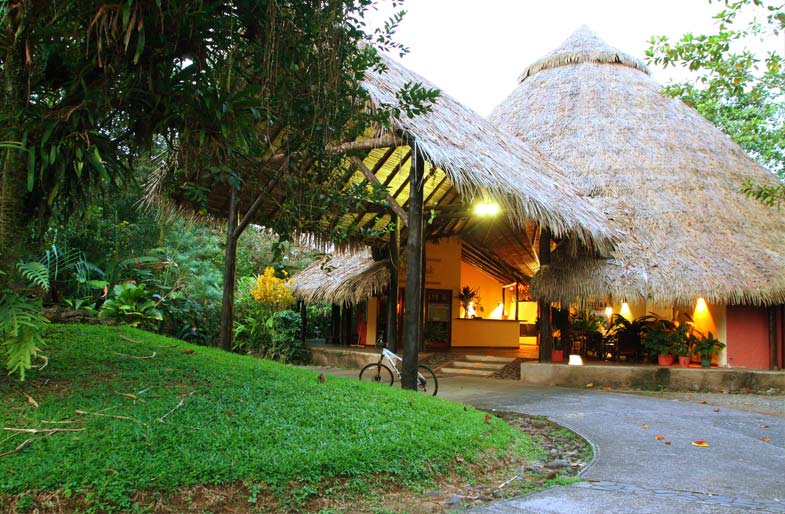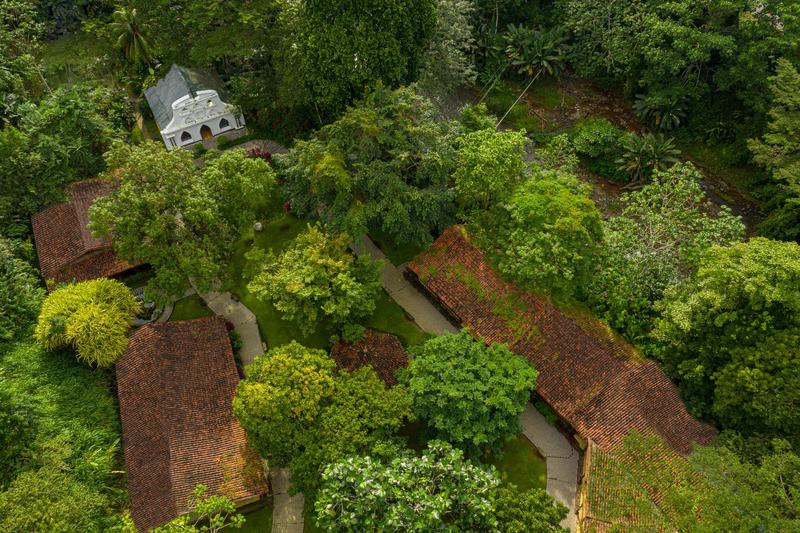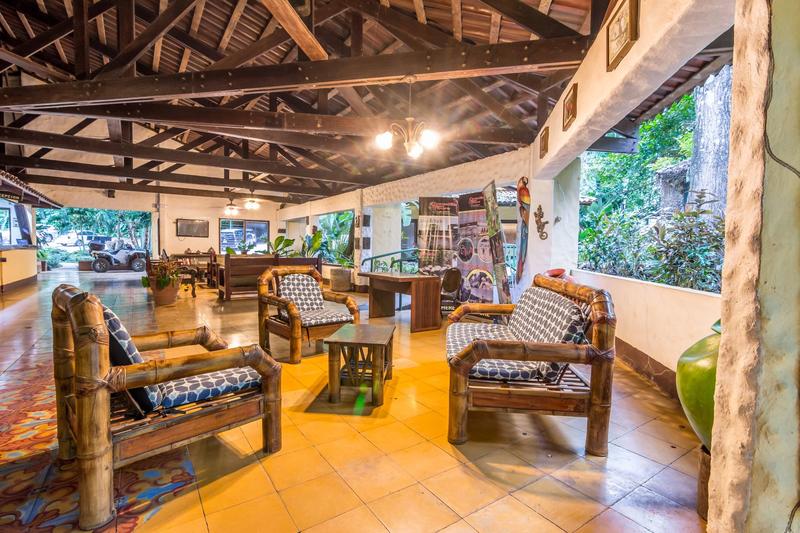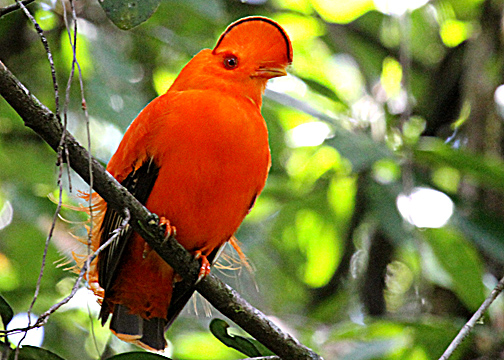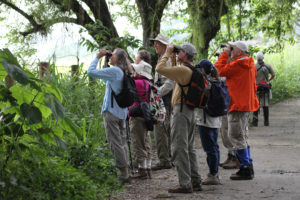All the Biodiversity and Less Travel Hassle
Next tours: Costa Rica Birding and Nature Jan. 5-12 and Feb. 9-16 with Pacific Coast Extension; and Southern Costa Rica Feb. 21-March 3
One of the most delightful and enduring drivers of Costa Rica tourism is the country’s astonishing variety of natural habitats, which host a rich biodiversity of plants, animals and insects. At least 5 percent of all known species found on the planet live in Costa Rica, on just .03 percent of Earth’s real estate.
With both Pacific and Caribbean coasts, two mountain ranges arching into its spine, highlands and valleys, white water and cloud forests, volcanoes and dry forests it’s little wonder that more than 800 species of birds have found a niche there to call home, along with 208 mammal species, 50,000 insect species, and 2,000 orchids!
Even at our relaxed and comfortable pace, the country’s diversity and compact size makes it easy to visit many habitats here, an endeavor made even easier by Costa Rica tourism’s leadership. Nearly a quarter of the country’s landmass is protected by national parks, biological reserves, wildlife refuges or other protected areas, allowing us to travel freely from one natural jewel to another.
“They have ecotourism down to a science,” said guide Carlos Sanchez, who has led many trips for Naturalist Journeys to Costa Rica. “Infrastructure is good, the birding is well thought out…people are often surprised just how easy it is to be there.”
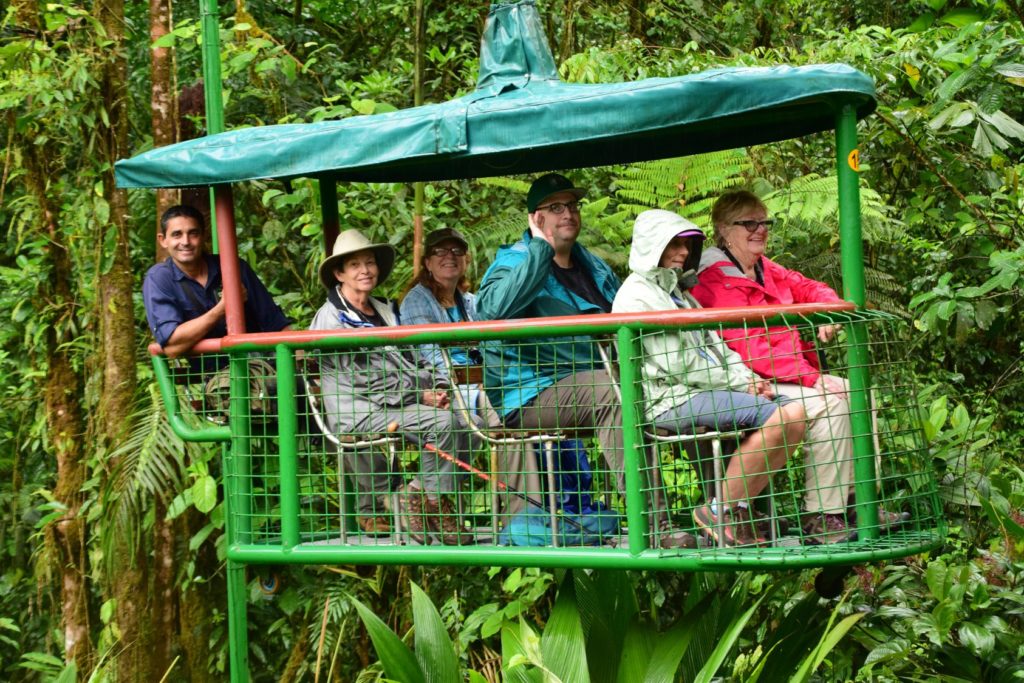
Costa Rica offers visitors far less friction than many other countries. The tap water is good and you don’t need a converter to use the electrical outlets, Carlos said.
“People find they can instantly relax and focus on the birds and not have to worry about anything else.”
Our guests also get the benefit of our deep roots in the country. We have worked for more than 30 years with the same wonderful local partner.
The fact that Costa Rica is relatively small – West Virginia is a bit bigger – makes it so much easier getting from birding the rainforest canopy by aerial tram near coastal Limon to being serenaded by howler monkeys from a lowland boat safari close to the Nicaraguan border, to exploring the majesty of the Tenorio Volcano to gliding through the rain forest of Braulio Carrillo National Park.
Thanks to the magic of Costa Rica tourism, we’re able to do all of those things while maintaining a relaxed pace.

We have six additional tours with four other itineraries currently scheduled to Costa Rica, which is one of the most popular tourism destinations we visit, for obvious reasons!
From guide Carlos, here are just a few examples of the birds we expect to see in each area of the October trip, as early migrating raptors and songbirds may be seen moving south:
Highlands
Here we can expect to see Fiery-throated Hummingbird, Long-tailed Silky Flycatcher, Golden-browed Chlorophonia and Resplendent Quetzal. Revered by the Maya, the Resplendent Quetzal is considered by many to be the most beautiful bird in the Western Hemisphere.
Caribbean Foothills
Here we may see Snowcap Hummingbird, technicolor tanagers, including Emerald, Golden-hooded and Black-and-yellow Tanagers, along with the Black-Crested Coquette, an impish and unforgettable hummingbird.
Carribean Lowlands
Here we can expect to see Snowy Cotinga, Chestnut-Collared Woodpecker, Rufous-tailed Jacamar and Black-Throated Trogon, among others, Carlos said.
“What’s so wonderful about birding in a place like Costa Rica, is that even going up in elevation 1000 or 2000 feet will produce an entirely different set of birds,” Carlos said.
Costa Rica Tourism = Gorgeous Ecolodges
Just like the surfers flock to Tamarindo Beach, and the ladies who spa hit Tabacon, we will find different birds congregating near each of the four inviting ecolodges on our Oct. 6-15 Costa Rica’s Carribean Side tour:
Our Christmas in Costa Rica trip Dec. 22 – Dec. 29 includes visits to the Tapirus Lodge and also local favorite ecolodges Hotel La Quinta Sariquipi and Savegre Hotel, Natural Reserve and Spa.
Our three “classic” Costa Rica tours, Jan. 5-12, Feb. 9-16, and March 3-10 include stays at Savegre Mountain Lodge, Rancho Naturalista and SarapiquiS Rainforest Lodge.
These three trips offer a post-tour extension to the Pacific Coast, with stays at La Ensanada Lodge and Villa Lapas Lodge.
Carlos highly recommends that “serious birders” book the extension, because it produces dramatic birding every day, and visits a niche area of dryland forest in Costa Rica. Here we see birds found nowhere else in the country, including Streaked-backed and Spot-breasted Oriole, Banded Wren and Black-headed Trogon. Birders may also see Double-striped Thick-knee, Scarlet Macaw, White-Throated Magpie-Jay, Turquoise-browed Motmot and the huge, bill-rattling Jabiru, a stork with up to a 9-foot wingspan and the tallest flying bird in North America.

“This extension really adds so much to their trip,” Carlos said of the Pacific Coast 5-day, 4-night post-tour extension, which includes both a boat tour and a tractor tour of a working farm. “Sunsets there are so amazing, we see a wide spectrum of birds, and it’s really relaxed and easy birding.”


